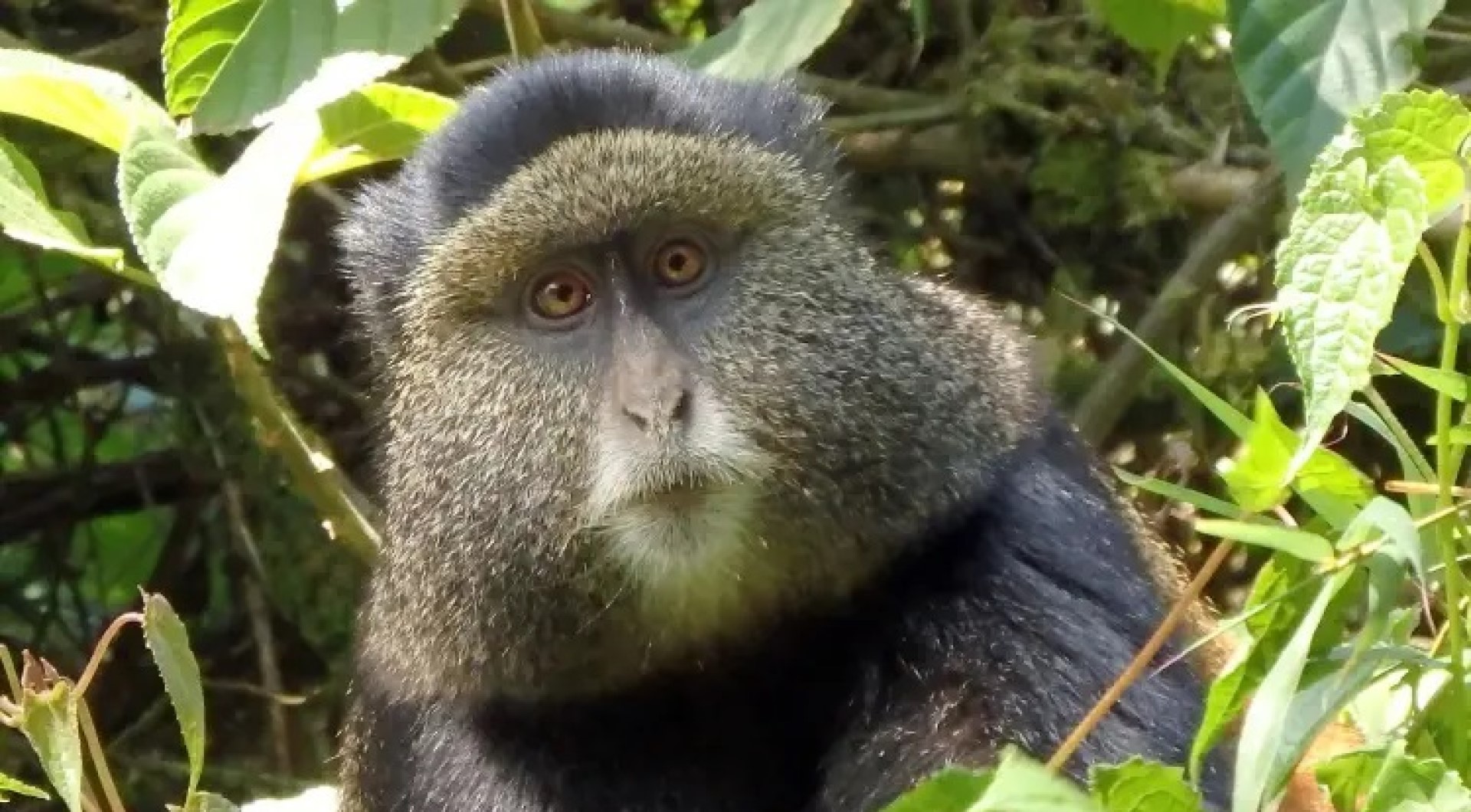
Burundi
A small landlocked country locked deep in the centre of Africa (when I say small, this country is only 25% bigger than Wales). Despite this, it is an important place for the natural world. 7.5% of the country is protected in one way or another, and 6.7% of the country is forested. Given the size of the country, it would be hard for it to protect enough land to support species on its own, it has a number of transfrontier parks.
Despite the importance of tourism and ecotourism to the country, there is actually not that much protected land. The biggest protected area is Ruvubu national park, however this area only covers 533 square km (just over 200 square miles). This is not enough to provide land for long-term genetically healthy large mammals.
This is simply a fact. There are 21 protected areas within the country, but 4 of these are transnational areas, which can take advantage of neighbouring countries larger protected areas.
Virunga national park, is perhaps Burundis most important transfrontier protected area, which despite only a small part of the ecosystem lying in Burundi
There are 3 national parks:
- Kibira national park: Only covering 400 square km, it is a long thin national park, which connects with Nyungwe National park in Rwanda (covering a little over 1000 square km, but very new, celebrating its 20th birthday this year). A forest reserve, protecting a chimpanzees, black and white colobus monkeys. Birds found in these reserves include the Francolin, hawk eagle, flufftail, Ruwenzori turaco, Grey parrot, turtle dove, flycatcher, starling, babbler, and Kivu Ground thrush. In actual fact, the reserve protects 98 mammal species and 200 bird species. Much of the mammal species are smaller, animals like Civets and servals,
- Rusizi national park: Known as a fantastic birding destination, there is a crocodile which lives in the park, which is thought to have killed 300 people. The park consists of two significant areas, unfortunately split by a road. There are primates living in the reserve, as well as hippo and a wide range of birds, often not seen in many other places.
Beyond these, there are a range of reserves and monuments for you to visit. We will add links at the bottom of the page










